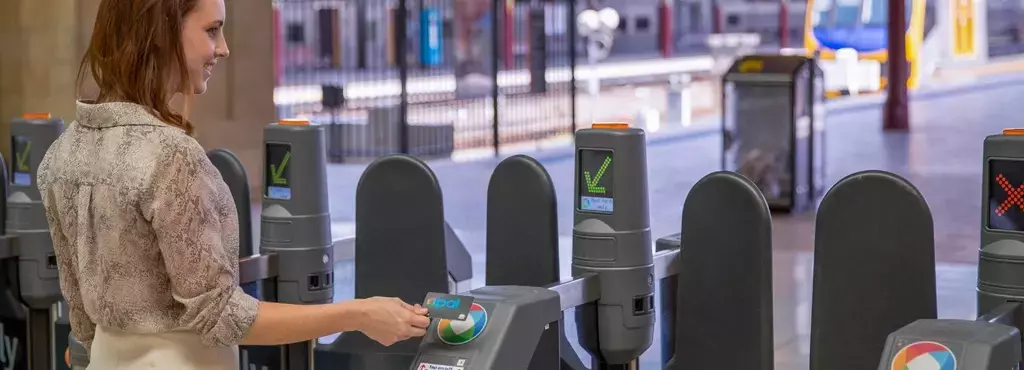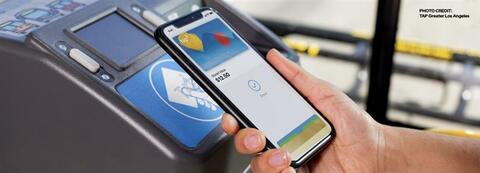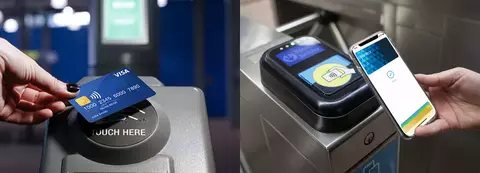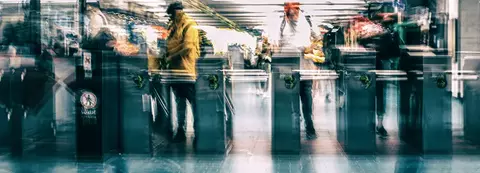As we entered 2025, we saw significant grant funding made available to speed the uptake of electric vehicles (EVs). The transition to ‘clean transportation’ was a key priority for the previous Biden administration, with historic investments of more than half a billion dollars to help grow the nation’s charging infrastructure. As someone who owns an electric vehicle and frequently suffers from range anxiety, I am incredibly grateful for this investment. However, as someone who spends a lot of time stuck in traffic, I can’t help but wonder – even if my home state of California meets its target of 100 percent of new cars being electric by 2035, will this be enough?
Electric vehicles have often been heralded as the silver bullet to the transport industry’s emissions problems. The fact EVs generate less carbon emissions during their lifetime make them a critical piece of the sustainability puzzle, but transitioning from cities full of gas-powered vehicles to electric ones won’t address all the environmental and social problems associated with our car dependence. That’s why in this Earth Day edition of Cubic Exchange, I'll be looking at why incentivising mode shift towards active and public transport is just as, if not more important than incentivising electrification.
The Challenges With EV-Centric Policy
Congestion
If every car magically became electric overnight, our emissions would undeniably improve, but we would still be stuck in the same gridlocked traffic and our journeys would take just as long. In 2024, New York City and Chicago drivers lost 102 hours sitting in traffic jams and cost them individually more than $1,800. Sitting in traffic jams doesn’t just cost you time and money; it has also been proven to have negative health impacts. The only way to reduce these costs is by reducing congestion. Policies, funding and infrastructure that encourages drivers to walk, cycle or take more journeys using public transit will have similar impacts to our emissions, while also improving congestion on our roads.

Land Use
Roads and highways take up a huge amount of space in our neighbourhoods. America’s road network could cover the entire surface of Norway. Urban land is a scarce, finite resource, and using it for roads means reducing land available for businesses, green space, housing and other community amenities. This land use competition has both economic and social consequences for our communities, reducing public spaces, decreasing community cohesion and displacing populations. Our car-dependent lifestyles also crowd out more sustainable forms of mobility such as bus lanes, protected cycle lanes, and sidewalks. To meet climate-neutral transport targets, we can’t just swap cars for electric cars. We need to explore people-centric urban planning and transportation policies that help reclaim space currently occupied by cars so that public transport and active mobility can form the centre of urban life.
Equity in Transport
EVs carry a high price tag and are out of reach for many low-income households. Amid rising gas prices and high taxes, we need to question how we can provide financial incentives for EVs and disincentives for fuel-powered vehicles without perpetuating existing inequality among those who can’t afford to switch.
While investment in our EV network is necessary, the focus on electrification cannot come at the cost of vital funding for public transit networks. For years, the US government has spent approximately four times as much on its roads as it has on its public transit. This car-centric investment has limited access to public transportation for many Americans and perpetuated patterns of disadvantage for those who don’t own cars. If I put my daily commute into Google Maps, the fastest journey using public transport takes almost two hours and requires an hour of walking along with two bus interchanges; driving takes only 25 minutes. For many with commutes like mine, this lack of a viable alternative can force car ownership and create financial vulnerability.
Electrification, while an important piece of the sustainability puzzle, is not without its issues (and this is before we dig into grid capacities and harmful lithium and cobalt mining practices). While EVs are undeniably more efficient than fuel-powered vehicles, using your car less is even better. So how can we make the switch more attractive?

The Routes to Transport Sustainability
Active Transport
In 2021, 52 percent of all trips in the US were less than three miles long. Swapping these short trips for walking or cycling could have a significant impact on both our health and environment – so why don’t we? Walking becomes more attractive (or even possible) when we have sidewalks that are unimpeded; free of trip hazards; wide enough to accommodate pedestrians, strollers, and wheelchair users; and which have adequate shade and lighting. Sidewalks also need to be well-connected by access ramps and pedestrian crossings whose signals prioritise pedestrian safety.
Safety is also a key issue for cyclists. Cycling rates are highest in cities that have invested in bike lanes – especially those physically separated from traffic. In areas where protected bike lanes aren’t feasible cities have opted to increase cyclist safety by providing designated quiet routes such as London’s Cycle Quietways along low traffic corridors. Improving access to equipment through integrating bike share programs with transit is another great way to encourage their use for the first and last mile. When implemented in partnership with city governance and incorporated in multimodal journey planners and transit payment schemes active mobility can become a seamless component of your daily journey.

Trip Planner on Cubic Mobile App
Public Transport
Public transport is the most sustainable option for longer distances. However, if transit is going to become an attractive alternative to private vehicles it needs to be easy, reliable and accessible, no matter who you are or where you live. Our ultimate goal should be to ensure that everyone can live within an easy walk or cycle from a transit service.
Beyond this, routes and frequencies need to be underpinned by data to ensure they are equitably and effectively serving and connecting our communities. Riders need to be able to plan their journeys regardless of what mode or modes they prefer and feel confident that their service will get them where they need to go on time. They should feel reassured that they can track their service, in real time every step of the way and receive personalised updates or trip adjustments when issues do arise. They should have the freedom to pay with whatever method is most convenient to them and feel confident that they have paid the best fare available for their journey. They should feel like their service is clean and that they are safe no matter their age, race, religion, gender, or physical ability.
To many, this may sound like a lot to ask, but these elements of planning, updates and payments are the foundational things commonly asked for by riders participating in our global customer experience research. The technologies underpinning these experiences already exists at a range of price points in the market and are being successfully used by cities all around the world. Providing the funding and public policy to implement them further and expand how they are integrated with other parts of our transport ecosystem will be instrumental in encouraging greater mode shift.
Optimizing Our Roads
With long distances or complex journeys, driving, carpool or rideshare are often your easiest options. When we absolutely need to drive, policies and technologies that encourage other modes of transportation and optimize road usage not only mean faster journeys for us, they also help lower emissions.
Congestion zones have been highly effective at cutting traffic in both London and New York, promoting cleaner air quality, and encouraging transit usage. The launch of London’s congestion charge (ULEZ) led to a 30 percent reduction in congestion and boosted bus patronage in Central London by 33 percent. In less than one month of operation, New York’s congestion zone had already reduced traffic by more than one million drivers and grew weekend express bus patronage by 20 percent.
Dynamic road pricing has also helped regions reduce congestion and manage traffic flows. Through adjusting toll rates on key roads in real-time, cities have been able to incentivise drivers to adjust their travel times outside of peaks or choose alternative routes. This concept of driver incentivisation is also deployed in Road User Charging (RUC) schemes. By charging drivers based on the distance they travel, rather than relying on flat fees or fuel taxes RUC encourages drivers to choose more sustainable travel options when possible. While introducing Road User Charging may require some new legislation, it’s important to remember reducing emissions and congestions can start with a single intersection.
A 2021 study in Chattanooga demonstrated that using smart intersection management technologies to improve signal performance could not only reduce gridlock and give drivers more green lights, it could also reduce emissions and cut fuel consumption by up to 20 percent. Smart signal technologies can also speed up our public transit journeys and reduce delays by adjusting signal timings and coordination to give transit vehicles priority – essentially creating a wave of green lights for our buses and light rail.
These changes won’t happen overnight. Decades of car-centric infrastructure investment will only be undone by a significant and lasting shift towards more people-centric infrastructure development. But change can start with one choice at a time, so this Earth Day instead of reaching for your car keys maybe think about giving your friendly local transit agency a try instead!




